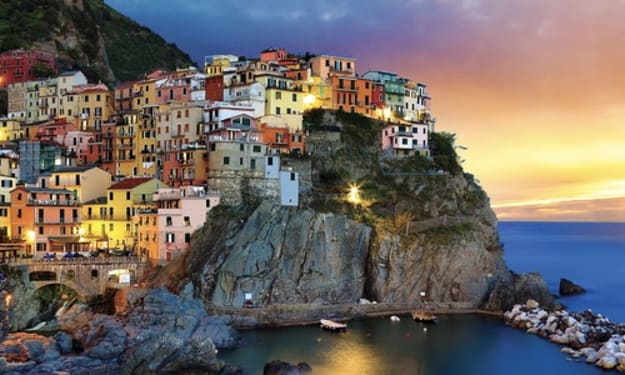The High Stakes of Guiding on Everest
Sherpa Guides and the Perils of Mountaineering

A small shift on a precarious ladder on Everest can turn catastrophic in a matter of seconds. Navigating the treacherous paths of the world's tallest mountain safely is the responsibility of Everest climbing guides, many of whom are ethnic Sherpas. These guides earn between $4,000 and $10,000 per climb, but usually, they can only count on one expedition per year. The job, one of the most dangerous in the world, saw a record number of climbers in 2023, along with a record number of deaths. Over the last century, 332 people have been lost on Everest, with over a third of them being mountain guides.
At 2 a.m. at base camp, Fura Wangu leads a team of guides and climbers up the mountain. Having reached Everest’s peak 14 times, Wangu begins every climb with a Puja ceremony, praying for safe passage and paying respect to the mountain. Despite his success, he never underestimates the deadly risks involved.
Over the next several weeks, this group of 16 will climb for hours in total darkness, facing the threat of avalanches, storms, and deadly passageways. Wangu and his team of experienced guides are their best chance of making it to the summit and surviving. The confidence climbers gain from knowing their Sherpa has 15 or 16 summits is immense. The choices guides make directly affect whether a climber lives or dies.
Another group of climbers gears up for their expedition the next morning. Climbing guides lead vital training courses at base camp, teaching climbers how to handle steep inclines and problem-solve on the spot. These courses are essential, as climbers need to be prepared for Everest’s extreme climate. Despite government requirements that climbers be experienced high-altitude mountaineers, many still need this crucial refresher.
Experienced guides like Wangu are indispensable, especially in dangerous areas like the Khumbu Icefall. Here, in 2023, three Sherpas lost their lives. Icefall doctors, specialized climbers, establish the safest route to the top of Everest each season, setting up ladders and ropes. Climbers pay an additional $600 per expedition member for this service.
Given the danger, it’s no surprise that mountain guides are one of the biggest expenses in summiting Everest. Climbers may pay up to $100,000 for the expedition, with certified guides charging agencies $10,000 per climb. Less experienced guides earn about $4,000 per climb, and the agency Wangu works with, Mau Adventure, pays an additional $1,500 for each successful summit.
Despite the risks, the majority of summits occur in the spring season, limiting guides to one expedition per year and capping their income. Additionally, guides must invest up to $7,000 in their gear, including clothing, boots, and backpacks, which must withstand extreme conditions. This financial burden often makes guiding out of necessity rather than choice.
The commercialization of Everest has led to a growing number of climbers but also an increase in fatalities. In 2023, Nepal issued a record 478 permits to summit Everest, breaking the previous record of 409 permits set two years earlier. Unfortunately, 2023 also saw 18 deaths on the mountain, making it the deadliest season on record.
The rising death toll has put pressure on the Nepalese government to manage tourism on Everest. By 2025, the government plans to increase the price of climbing permits for foreigners to $15,000, up from $11,000. Salaries for high-altitude guides and workers are also expected to rise, providing a beacon of hope for younger locals who see a future in being a mountain guide.
Despite these changes, the future for Everest guides remains uncertain. The job market in Nepal is diversifying, with many locals choosing other professions. As the number of expert mountain guides declines, and Everest tourism continues to grow, the balance between adventure and safety becomes ever more precarious.
About the Creator
Jeanette M
Am a lover of stories as I learn from them.
Please support my work.
Enjoyed the story? Support the Creator.
Subscribe for free to receive all their stories in your feed. You could also pledge your support or give them a one-off tip, letting them know you appreciate their work.





Comments (1)
Thank you for the interesting and delicious content. Follow my story now.